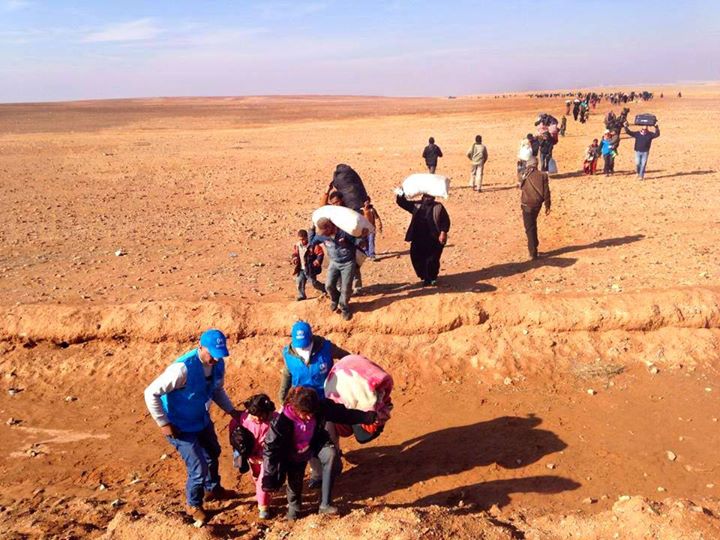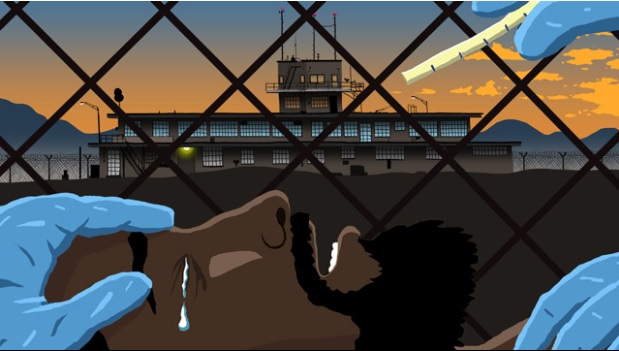
Berkin Elvan funeral attracted large crowds to mourn the death of the 15-year-old, who was hit by a teargas shell when he went to buy bread for breakfast during the Gezi Park protests in June 2013 (Photo Credit: Burak Kara/Getty Images).
A National Tragedy
Once again, Turkish streets are filled with voices of protest. And once again, those voices are choked with tear gas and buffeted by water cannon. The scenes on television and social media seem terribly similar to those which shocked the world during the Gezi protests this past June.
In fact, the immediate catalyst for these protests is directly tied to the terrible costs of police repression during the Gezi protests.







